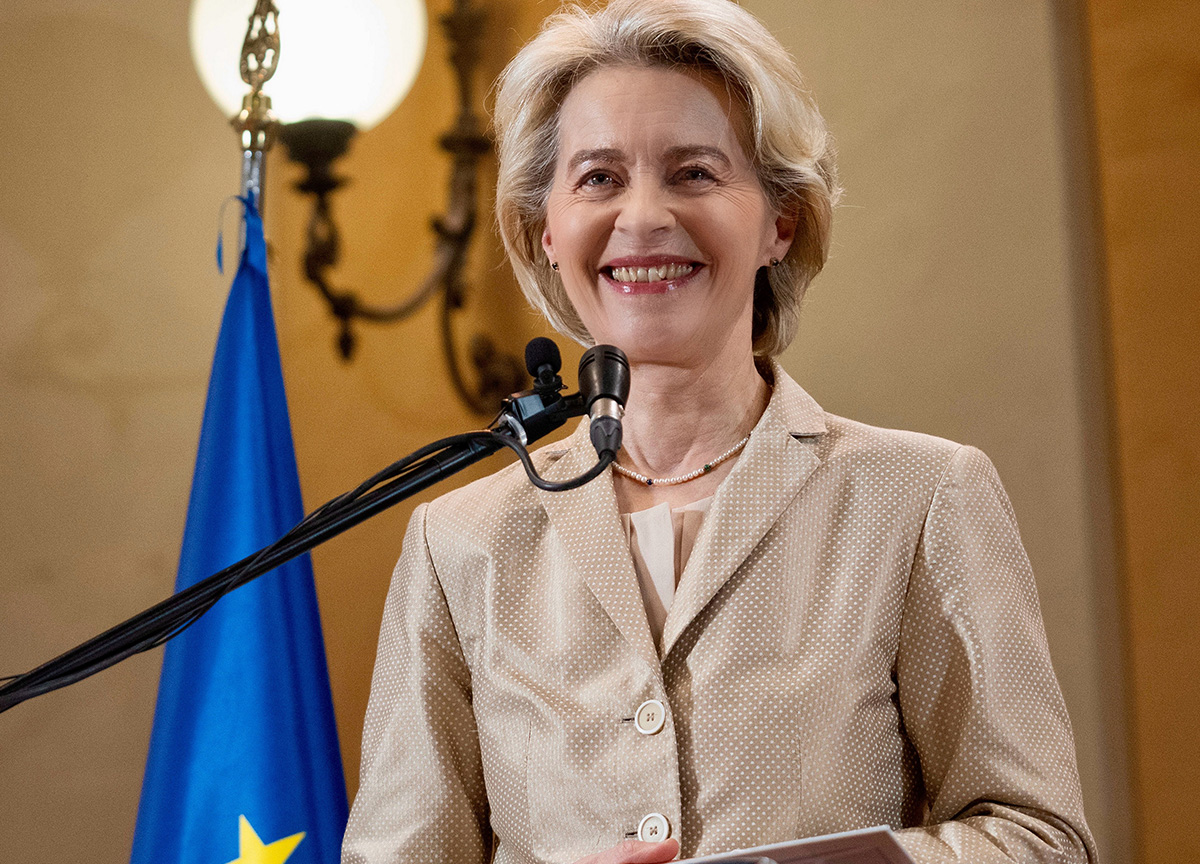Eurobond, the weapon for flying that no one wants. With the specter of Ukraine
“Safe assets” are desperately sought. This is the market request, this is the European Union request. From the day of the first Eurobond issue to finance the NextGenEU, which took place on 15 June 2021, it was clear: a new era is opening. Alongside American T-bonds, British Gilts, German Bunds and Italian BTPs, there will now be a stable presence of European Treasury securities, ready to satisfy the markets’ insatiable thirst for investing safely and financing the growth of the Union. However, despite the growing need, the European Treasury is not yet a reality. Three years have passed and the research to create these titles has so far been fruitless.
Affari&Finanza reports that these three years have been characterized by tremendous challenges, from inflation to geopolitical tensions such as the war in Ukraine and the Middle East. Despite this, no agreement was found. The first emergency was Ukraine, which tested Europe’s will to unite. Europe has promised to establish a special fund of 100 billion euros to help the affected populations rebuild their future, in addition to aid national.
However, the path to the fund was blocked by Germany and other “frugal” countries. Despite the attempt by Estonian Prime Minister Kaja Kallas to relaunch the project with a more ambitious proposal, which would see greater economic integration between the 27 countries, progress has been limited. Angelo Baglioni, economist at Cattolica, underlines that before thinking about a common budget, Europe must resolve many issues, from monetary union to the single market of capital.
Giovanni Tria, an economist from Tor Vergata and former Italian Treasury minister, agrees on the need for own resources for the EU, suggesting a common tax, such as a sales tax, entirely devolved to Brussels. However, the issue of fiscal sovereignty remains a significant obstacle. The EU’s financial situation is currently fragile, based on VAT payments, tariff revenues and state contributions. The situation could improve with the implementation of the carbon border tax and taxes on digital activities, but we are still far from creating a truly European “safe asset”. The lack of a joint guarantee and the resistance of member countries further complicate the situation.
Finally, the complexity of European finances is highlighted by disputes over the use of frozen Russian assets or interest on them, and the cost of reconstruction in Ukraine, which will be largely borne by the EU. Despite the challenges, the objective of creating European “secure assets” remains crucial to ensuring stability and growth in the Union. the cost of reconstruction will fall mostly on the EU, given that Kiev was rightly promised rapid entry into the “club”: the bill reached 411 billion according to the World Bank. The Ukrainian GDP was 154 billion in 2019 and who knows where it will be today. And the war isn’t over yet.
